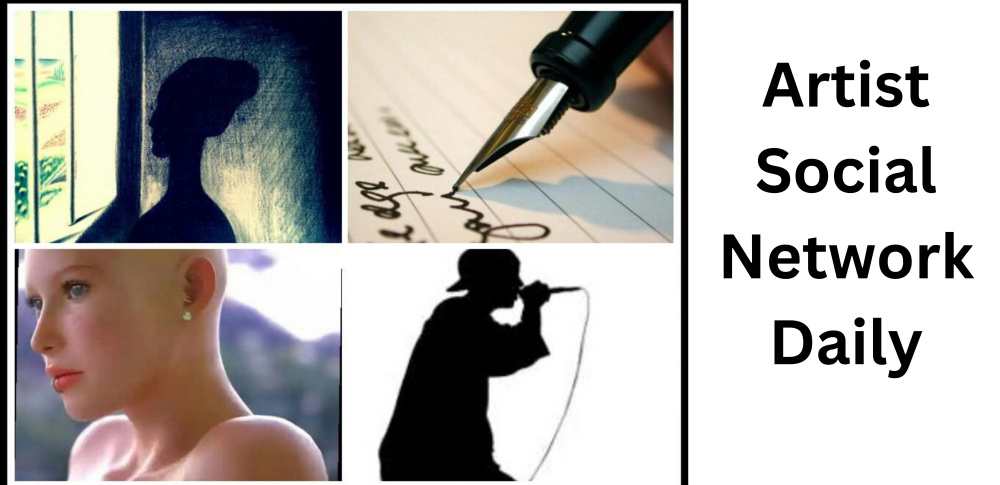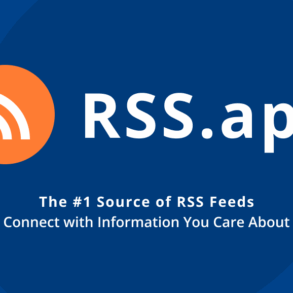
Social media usage has significantly increased in recent years in the United States. During the peak of the COVID-19 pandemic in 2020, more people turned to digital platforms for social support, entertainment, and news. According to a 2021 Pew Research Center study, 90% of Americans cited the internet as an essential outlet during the outbreak. Platforms such as TikTok, Instagram, and X (formerly Twitter) were among the most popular. Alongside the rise of these social networking apps, another media platform emerged, offering writers, journalists, and content creators a new approach to publishing newsletters and blog posts. Advertised as a “new economic engine for culture,” Substack is steadily changing how people consume media, with over 20 million active subscriptions today. But what do these insights imply for the future of media?
While the country battled the physical threat of COVID-19, a digital divide quickly developed, reframing the health crisis as a political statement. A survey conducted by PLOS One found that the messages Americans received about the pandemic varied based on their media sources and politicians’ ideological stances. Discussions about public health turned into right-versus-left rhetoric, leading to a surge in misinformation and a decline in trust—particularly within minority communities.
“Because I’ve been a journalist covering stories about and for Black audiences for so many years, I knew that COVID-19 was going to disproportionately impact Black people,” said digital media professional Patrice Peck. Recognizing the lack of coverage on racial disparities, she launched Coronavirus News For Black Folks in April 2020, an award-winning newsletter highlighting how the pandemic affected Black communities. “No one was reporting on the racial disparities. The data hadn’t even come out yet,” she recalled.
Beyond media bias, 2020 also saw widespread layoffs in the newspaper and digital-native news industries as companies struggled financially. Many journalists sought alternative platforms, with some turning to Substack to publish independently. “At the time, I wasn’t staffed; I was freelancing, and I didn’t want to sit at home being anxious,” Peck shared. “People were at home and had time to focus on their passions.” But that was only the beginning of a broader media shift. By spring 2022, Peck had rebranded her COVID-19 newsletter into The Wakeful, a weekly publication amplifying trending news stories about Black women. “I was seeing fewer stories about COVID-19,” she said of the transition. “I didn’t want to pivot in such a drastic way that I’d lose subscribers, but I wanted to stay aligned with my career goals.”
Courtesy of Patrice Peck
The pandemic also fueled the growth of content creation, attracting a new generation of social media users eager to turn their hobbies into careers. Dubbed the Creator Economy boom, this industry is now worth over $25 billion, offering unprecedented creative freedom. Gabby Whiten, an NYC-based lifestyle content creator and NYU PhD student, started her media career in 2020, amassing over 33,000 TikTok followers. But with the looming possibility of a TikTok ban, she sought a more stable way to stay connected with her audience.
“For some reason, I didn’t love being dependent on social media,” Whiten admitted. “If [TikTok] were to disappear, I wouldn’t be able to contact [my followers] in any way.” This realization led her to develop oh eight, a pop culture newsletter on Substack. Reminiscent of late-2000s magazine aesthetics, oh eight combines photos, subheadlines, reviews, and captions to create a mini-magazine look.
Courtesy of Gabby Whiten
Courtesy of oh eight
As the political landscape remains uncertain, audiences are turning to alternative avenues for news. A recent Pew Research Center study found that 54% of American adults consume news through social media at least sometimes, while one in five follows “news influencers” for updates. Traditional news media has seen a decline in readership, with growing concerns about bias and partisanship. Additionally, censorship and free speech debates further complicate media trust in the U.S.
Independent journalism, however, continues to thrive, offering journalists creative and financial control. “I think it’s a result of the current state of media,” Peck observed. “Given the mass layoffs and the rise of platforms that allow independent media creators to build economically viable platforms, it’s a natural next step for many in the industry.”
While Whiten doesn’t identify as a journalist, Substack has provided her—and many other creators—a space to produce content while growing an organic subscriber base. “People are really looking for the next platform to create content, and Substack seemed to be the most popular,” she noted. Beyond free subscriptions, Substack offers paid tiers, granting subscribers access to exclusive content like Q&As, subscriber-only chats, and podcasts.
Courtesy of The Wakeful
Peck views The Wakeful not just as a newsletter but as a media business. She strategically operates it as both a journalist and an entrepreneur, working to build a media empire. “A lot of times, Black women journalists are deeply passionate about their profession but lack financial literacy around monetizing their work,” she said. “Content creation is an economy. You might as well invest in it and bet on yourself—especially as a Black woman creator.”
This post was originally published on this site be sure to check out more of their content








